Search Results for Tag: Warming
Hottest year – scary, but not for Chinese Arctic shippers?
As I sit in my Bonn office between thunderstorms in a week where we reached a record 36 degrees Celsius here, I am not surprised to read that the World Meteorological Organization (WMO) sees 2016 on track to be the hottest year ever.
The WMO bases its conclusions on two separate reports from NOAA and NASA GISS.
Global temperatures have already shattered previous records for the first six months of the year. And, no, it is not just El Nino. The WMO says June 2016 was not only the 14th consecutive month of record heat, but also the 378th consecutive month with temperatures above the twentieth century average. That means we haven’t been below the average since 1984.
The extraordinary becomes the norm
In the last blog post I quoted an article about the extraordinary years becoming the normal. Here we go again.
“The El Nino event, which turned up the Earth’s thermostat, has now disappeared. Climate change, caused by heat-trapping greenhouse gases, will not. This means we face more heatwaves, more extreme rainfall and potential for higher impact tropical cyclones”, said WMO Secretary-Gerneal Petteri Taalas in a press release.
The WMO also notes the corresponding rise in CO2 concentrations:
“Carbon dioxide concentrations have passed the symbolic milestone of 400 parts per million in the atmosphere so far this year. CO2 levels vary according to the season, but the underlying trend is upwards. They showed a surprising increase for the first half of 2016, rising in June 2016 to nearly 407 ppm, 4ppm greater than June 2015”, the WMO writes.
Melting away…
So what does all this mean for our beloved Arctic?
Of course it has been experiencing the record warming even more than the rest of the planet. The WMO mentions a very early onset of the annual melting of the Greenland ice sheet and Arctic sea ice, and exceptionally low snow cover in the northern hemisphere.
“The extent of Arctic sea ice at the peak of the summer melt season now typically covers 40 percent less area than it did in the late 1970s and early 1980s. Arctic sea ice extent in September, the seasonal low point in the annual cycle, has been declining at a rate of 13.4 percent per decade”, says WMO.
Chinese go full-speed-ahead
Now a lot of people are very concerned about that. But presumably the Chinese shipping giant COSCO is not amongst them. The company has announced that it will be sending three cargo ships through the Arctic Ocean this summer, since global warming is making the route more viable. It will be using the Northeast Passage, which goes north of Russia. As the news agency AFP puts it, “China sees the opportunity to reshape global trade flows”, as this route can shorten journey times between Asia and Europe considerably.
The Yong Sheng merchant ship left the Chinese port Tianjin last Saturday, bound for the UK, carrying a “mixed cargo” through the Northeast Passage. It seems the ship has used the route twice in the past three years. This time, two more COSCO ships, the Tian Xi and the Xiang Yun Kou are also scheduled to navigate the passage next month.
AFP quotes the company as saying it aims to “normalize” services on the route. So, once again, the extraordinary is becoming normal? This worries me for several reasons. First, it is an indicator that this industry giant is convinced climate warming is here to stay, and illustrates that there are those who are happy to profit from it. Secondly, as discussed many times here on the Ice Blog and in my articles for DW, shipping in Arctic waters is still a very high-risk business for the environment and, of course, the humans on board the ships.
Room for dispute
Earlier this year, China’s Maritime Safety Administration published a Chinese language guide including nautical charts and descriptions of ice conditions for the other Arctic route, the Northwest Passage, which runs north of Canada. That begs the question: is this part of Canada’s waters, as Ottawa claims, or international waters?
Clearly, economic and strategic interest in the Arctic is spreading well beyond the Arctic countries as the frozen north warms.
Without wanting to be alarmist, I have to mention a comment by the French Defence Minister Jean-Yves Le Drian, who proposed in June that European navies should coordinate patrols in Asian waters to reinforce the maritime order based on the UN Convention on the Law of the Sea, against the background of the dispute between China and others in the South China Sea. He warned that if the laws of the sea are not respected in that region, they could also be challenged elsewhere, for instance in the Arctic.
Worrying times.
Pressure to implement Paris
Back to the WMO. Secretary-General Petteri Tallas stresses that the record-breaking warming underlines the urgent need to approve and implement the Paris Agreement and speed up the shift to renewable energy.
But so far, remember, there have definitely NOT been enough countries ratifying to bring the agreement into effect. UN Secretary-General Ban Ki-moon has invited world leaders to a special event in September to deposit their instruments of ratification or accession to the Paris Agreement. Perhaps the heatwaves, storms, extreme rainfall and other “abnormal but becoming normal” events in their respective countries will persuade these politicians (especially in the countries responsible for the majority of emissions) that time is running out if we want to keep to that two-degree Celsius target (let alone the 1.5). The average temperature in the first six months of this year was already 1.3 degrees warmer than pre-industrial times. Some experts are already convinced we need to start drawing greenhouse gases out of the atmosphere and store them if we are to avert climate catastrophe. A daunting prospect, to say the least.
Arctic Sea Ice: going, going, gone?
July 15th is Arctic Sea Ice Day. You might be forgiven for not realizing that. Every day is the day of something (usually more than just one), the initiator, Polar Bears International, is popular, but maybe not yet a household name, and the world is in turmoil, with terrorist attacks, refugees, Brexit and no shortage of other topics dominating the news agenda.
Still, the Arctic sea ice deserves all the attention it can get.
Another record low
The latest data released by the US-based National Snow and Ice Data Center (NSIDC) for the month of June shows the Arctic sea ice reached yet another record low, the lowest extent for June ever measured since satellite records began in 1979. So far this year, every month except March has seen a record low in the extent of the Arctic sea ice.
Alaska is experiencing a massive heatwave after an amazingly warm first half of the year.
An article on RCI’s Eye on the Arctic says the sea ice melt seems to be attributable to unusual weather patterns over the Arctic. It seems the temperature reached an incredible 29.2 degrees in Kugluktuk, Nunavut on June 5th, 27 on July 6th. Normally, the article tells us, the temperature in western Nunavut varies between 8 and 15 degrees. It is not hard to imagine how this is making the sea ice ooze away. The reflective white ice is replaced by dark ocean, which absorbs even more heat, exacerbating the warming further.
Ice, sea, sky on Living Planet
That is just one of the issues I talked about in my interview with UN science and oceans advisor Susan Avery, which featured in the last Iceblog post. The interview is broadcast in full (well not quite full, but at length), in the latest edition of DW’s Living Planet programme: Ice, Sea and Sky, which I hosted in our Bonn studio. Avery talks about how climate change affects the ocean in general, as well as focusing in particular on what is happening in the Arctic.
“I would say the polar regions are regions where we don’t have a lot of time before we see major, massive changes, where we really need to get our observations and science and models working together”, Avery told me.
Message from Iqaluit
Actually, major, massive changes seem to be already there. Marking Arctic Sea Ice Day, the Living Planet program includes a story by Canadian reporter Elyse Skura, based at Iqaluit, in the northern territory of Nunavut. She talks to local Inuit people about how climate change is affecting their daily lives, and especially traditional livelihoods like hunting and fishing. Hearing the voices of people there talking about the changes in the sea ice and the extent to which their traditional livelihoods are inter-connected with nature, with the environment, land, ocean, ice, atmosphere, I was reminded of my own encounter with the Inupiat people in Barrow, Alaska, back in 2008. The observations are similar. The only difference seems to be that the ice is melting even faster as the Arctic warms more rapidly.
The story ends on a kind of optimistic note, suggesting that the Inuit have always been able to adapt to changing environments. Ultimately, people have no choice but to adapt to a climate that is already changing. Susan Avery told me the extra heat produced by our CO2 emissions ends up mostly in the ocean. 93 percent was the figure she quoted. And she explained how it does not stay at the surface, where it will likely hang around for 40 or 50 years, but is also pumped down to the depths in the course of circulation patterns. And there, she says, it will stay for centuries. It is frightening to think that some scientists believe this means we are already committed to a temperature rise of up to two degrees Celsius.
“No job for an optimist”
I remember discussing the issues of “mitigation and adaptation” in detail in connection with climate change – in an interview with the “new” head of the UNFCCC, the climate secretariat, Yvo de Boer, in 2006. I have always been worried that adaptation could mean abandoning the need to mitigate, to change our behavior and lifestyles and shift to a low-carbon (and ultimately zero-carbon) economy. De Boer convinced me then that adaptation was essential, with climate impacts already visible and tangible. He stressed it was not a case of either-or, but of doing both. How right he was.
But of course he resigned in frustration after the disastrous Copenhagen conference. “No job for an optimist” was the title I gave my commentary at that time.
(Looking back at that, it’s interesting to see how web design has changed since then!)
When the abnormal becomes the norm
So, back to the Arctic Sea Ice, this July 15. A group of scientists studying Arctic systems met in Washington D.C. earlier in the week at an event in the National Press Club sponsored by SEARCH (the Study of Environmental Arctic Change).
Chris Mooney reports on it in The Washington Post, under the title ‘The extraordinary years have become the normal years’. This is something I also hear repeatedly from experts I interview on extreme weather events and similar occurrences.
Mooney quotes Marco Tedesco from Columbia University, a Greenland scientist:
“I see the situation as a train going downhill. And the feedback mechanisms in the Arctic are the slope of your hill. And it gets harder and harder to stop it.”
NASA scientist Walt Meier, who studies Arctic sea ice in particular, is quoted as saying we have lost about twice the size of Alaska in terms of area. He also notes we’ve lost about 50 percent of the thickness. The particularly alarming thing is that all this is happening faster than “even the most aggressive climate models”, says Meier.
Mooney also mentions a 2014 study indicating that in the past three decades, the loss of Arctic sea ice has added 25 percent to the warming caused by carbon dioxide in the atmosphere. A stunning figure! That indicates the extent of the feedback effects coming out of the high North – which should really make us sit up, pay attention and then get moving on cutting greenhouse gas emissions this ArcticSeaIceDay.
Can we halt Arctic melt? Hard question for UN advisor
I had a very interesting high-profile visitor here at Deutsche Welle this week. Bonn, John Le Carré’s “Small Town in Germany” is this country’s UN city nowadays, home to organizations like the climate secretariat UNFCCC and the Convention on Migratory Species, CMS. This year marks 20 years of the former German capital in that new UN role. Fortunately for me and my colleagues, it brings a lot of interesting people to the city.
The University and the City of Bonn have been running a series of lectures by members of the Scientific Advisory Board of the United Nations Secretary-General Ban Ki-Moon this year, under the heading “Global Solutions for Sustainable Development”. This week, it was the turn of Susan Avery, who was President and Director of the Woodshole Oceanographic Institution in the USA until last year. She has been on the advisory board to Ban Ki-Moon for the last three years and she and the other advisors are just finishing their report, so it was great to have the opportunity to talk in length.
Sea and sky as dancing partners
Her lecture was about the importance of the ocean with regard to climate, but she also talked to me about a whole range of ocean-related issues in an interview to be broadcast on our Living Planet programme, starting next week.
Susan Avery is an atmospheric scientist, (the first to head a major oceanographic institution, she told me). She has a very attractive image to describe how the atmosphere and the ocean relate to each other:
“In our planetary system we have two major fluids, the ocean and the atmosphere, and think of them as two dance partners… moving along, but in order to get a choreographic dance, they have to talk to each other. They do that through the ocean-atmosphere interface, which is wave motion, spray, all the things that help them communicate. These two create different dances… an El Nino dance, or a hurricane dance, for example. In reality what they do together is transport heat, carbon and water, which are the major global cycles in our planetary system.”
Since the onset of industrialization, we humans have been introducing some different steps to the dance, it seems:
“When you take it to the climate scale, we talk a lot about the temperature of the atmosphere, increases associated with the infusion of carbon, that is human produced. The thing is that the extra carbon dioxide that gets released into the atmosphere through our fossil fuels and deforestation is associated with extra heat. Of the carbon dioxide we release into the atmosphere, half will stay in the atmosphere, 25% will go into the ocean, 25% will be taken up by the land. But if you look at the heating or warming, 93% of the extra warming is actually in the ocean. There are only very small amounts in the atmosphere.”
Centuries of warming pre-programmed
That means a huge amount of heat is actually being stored in our seas:
“And you can understand why, because the atmosphere is a gas, the ocean is a mass of liquid, which covers two thirds of our planet, and it has a huge heat capacity to store that, but that heat doesn’t just stay at the surface. So (..) when you only talk about heat and temperatures at the surface, you’re ignoring what’s happening below the surface in the ocean, and once the ocean gets heated it’s not going to stay there, because there is this fluid motion. So we’re getting to see greater and greater temperature increases at greater and greater depths. And once that heat gets into the ocean, it can stay there for centuries. Whereas in the upper ocean, it might stay 40 or 50 years, when you get into the deeper parts, because of the density and capacity, it stays there for a long time.”
So, she explained, the carbon dioxide we’ve put into the atmosphere already – and the heating associated with that – means that “we’re already pre-destined for a certain amount of global temperature increase. Many people say we have already pre-destined at least one and a half degree, some will say almost two degrees.”
Now if that is not a sobering thought.
And on top of that comes the acidification of the oceans caused by the extra carbon dioxide, which is playing havoc with coral reef systems and shell-based ocean life forms.
“This is really critical, because it attacks a lot of the base of the food chain for a lot of these eco-systems”.
“What’s in the Arctic is not staying in the Arctic”
Susan Avery’s work has included research on the Arctic and Antarctic, so of course I took the opportunity to ask how she sees all this affecting the polar regions.
She explained how the rapid increase in ice melt in the Arctic – both sea-ice and land ice – caused by atmospheric warming above and warmer ocean waters below, is of great concern for two reasons. The more obvious one is the contribution of land ice melt to sea-level-rise. The other, she explained, is that the melting of the land-based ice results in “a freshening of certain parts of the ocean, so particularly the sub-polar north Atlantic, so you have a potential for interfacing with our normal thermohaline circulation systems which could dramatically change that.” The changes in salinity currently being observed, are a “signal that the water cycle is becoming more vigorous”. This, of course, has major implications for ocean circulation and, in turn, the climate, not just in the region where the ice has been melting:
“What’s in the Arctic is not staying in the Arctic. What’s in the Antarctic is not staying in the Antarctic. I would say the polar regions are regions where we don’t have a lot of time before we see major, massive changes”.
What I find particularly worrying is that Susan Avery confirmed there is still so much we do not know about what is happening in the polar regions and in the ocean in general.
“We really need to get our observations and science and models working together”, she told me. “The new knowledge we have created on processes in the Arctic has to be incorporated into climate system models”.

Satellite data ( KSAT site in in Tromso) helps, but cannot penetrate deep ocean, Avery says. (Pic. I Quaile)
Paris and the poles
So, given that temperature rise of 1,5 to two degrees Celsius could already be a “given”, and the Arctic is being affected much faster and more strongly than the planet on average, is there any real hope that we can hold up these developments and halt the melting of ice in the Arctic? This was clearly a very difficult question for my guest. She told me she had been very relieved that the Paris Climate Agreement was signed and was sure humankind could still “make things better”. But when I asked whether we will really be able to reverse what is happening in the Arctic or halt climate change in the Antarctic, this was what she replied:
“I don’t have an answer, to be honest. I think we’re still learning a lot about the Arctic and its interface with lower latitudes, how that water basically changes circulation systems, and on what scale. But I think what’s really critically needed right now to get a better sense of the evolution of the Arctic, and of sea level rise, is a real concerted observing network. We know so little, about the Arctic, the life forms underneath the ice. We have the technology. What I really see now is a confluence of new technologies, new analytical approaches, new ways to do ocean science, and all it takes is money to really get those robots there, get the genomic studies that you need, the analysis. We are at the stage where we can do so much, to further our understanding, and I would really put a lot into the Arctic right now, if I had the money to do so.”
Me too, Susan.
Ice: the final frontier?

Investigating the undersea secrets of the Arctic night from the research vessel Helmer Hanssen (Pic: I.Quaile)
This brings us back to a key problem I have worried about ever since I started to work on how climate change is affecting the Arctic. That change is speeding up so fast, it is virtually impossible for our research to keep pace. As Susan Avery put it:
“The Arctic will be a major economic zone, we’ve already seen the North-West Passage through the Arctic waters, we’re going to see migration of certain fisheries around the world – and we don’t even know completely what kind of biological life we have below that ice. We have the ability to get underneath the ice now. I call these the frontiers, of the ocean, and that includes looking under ice.”
I am reminded of my trip on board the Helmer Hanssen last year, accompanying a research mission to find out what happens under that ice and down in the deep ocean during the cold, dark season.
(Listen to the audio feature here). There is still so much we do not know about life in the ocean – and it might disappear before we even knew it was there.
Why Brexit bodes ill for the Arctic

EU headquarters in Brussels. The Arctic is high on the European Union’s foreign policy agenda. The EU Council just published new Conclusions on the Arctic (Pic: I.Quaile)
Today’s Ice Blog post was going to be about permafrost, with the the International Conference on Permafrost drawing to a close after a week in Potsdam outside Berlin today. But the Brexit decision is casting a shadow over a lot of things today – and that includes the international spirit of cooperation that is the key to successfully tackling the all-embracing challenge of climate change and its destructive impacts on Arctic ice and permafrost. And while the permafrost is melting, the political atmosphere and social climate here in Europe are definitely becoming much colder.
British breakaway bad news for science
Not that the decision in itself will necessarily have a direct, immediate impact. Scientific research will go on in Britain and other parts of the world regardless of whether or not the country is a member of the European Union. The UK has a long tradition of polar exploration and research. But research relies on international cooperation – and the EU has become one of the key funders of Arctic research in recent decades.
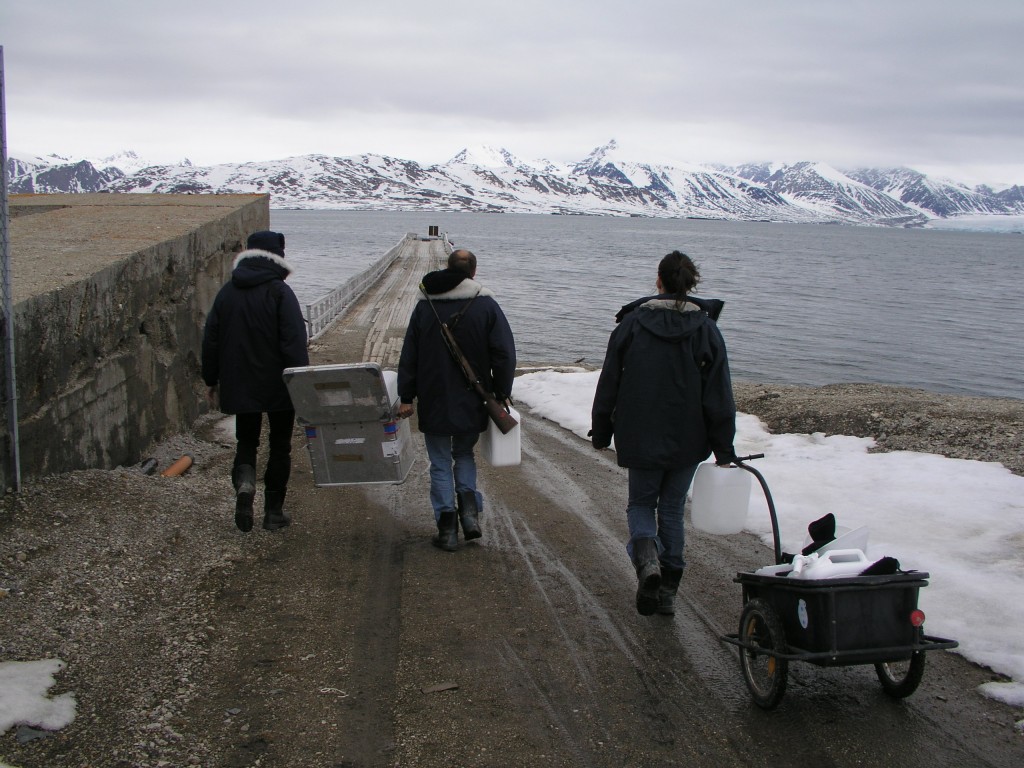
British Arctic marine biologist collaborating with Dutch colleagues. (Ny Alesund, Spitsbergen, Pic: I.Quaile)
Leading scientists including Stephen Hawking have said a Brexit would be a disaster for UK science in general.
A group of 13 Nobel prize-winning scientists have also warned that leaving the EU would pose a “key risk” to British science. The group, which includes Peter Higgs, who predicted the existence of the Higgs boson particle, say losing EU funding would put UK research “in jeopardy”.
“Inside the EU, Britain helps steer the biggest scientific powerhouse in the world”, the group claim in a letter to the British Daily Telegraph.
While the other side insisted leaving the EU would not be damaging, the majority of scientists appear to be in favour of Britain remaining in the EU. 83% of scientists polled opposed Brexit.
International “give-and-take”
It is not just a matter of EU funding for British science. The scientist group stressed that British scientists should also be involved in the EU as a hub of innovation and research. They say more than one in five of the world’s researchers move freely within the EU boundaries.
Restricting this free movement is one of the key aims of the Brexit campaign. As a British journalist working in Germany, I have experienced the benefits of being able to travel, study and work in other European countries for many years.
Future generations bear the brunt
The majority of young people who voted apparently voted to stay in the EU. This is the generation that stands to gain or lose by the Brexit decision. If I think of all the dedicated young scientists from Britain and other countries I have interviewed over the years, working across borders on issues that are certainly not limited to one local area, it makes me sad and even angry that they stand to lose out because of a campaign that was based on negative sentiments like the desire to keep foreign workers and refugees out of Britain, or vague and unfounded claims that everything that does not work in Britain is the fault of the EU. No, it’s not perfect, but I doubt that many of the arrangements that protect nature in the UK and other European countries would be in place without the involvement of Brussels. And how is a body like the EU going to change and reform if not through pressure from within?
Anyone who cares about the environment knows that without international cooperation, it is not possible to protect our air, land, water and atmosphere against abuse and pollution.
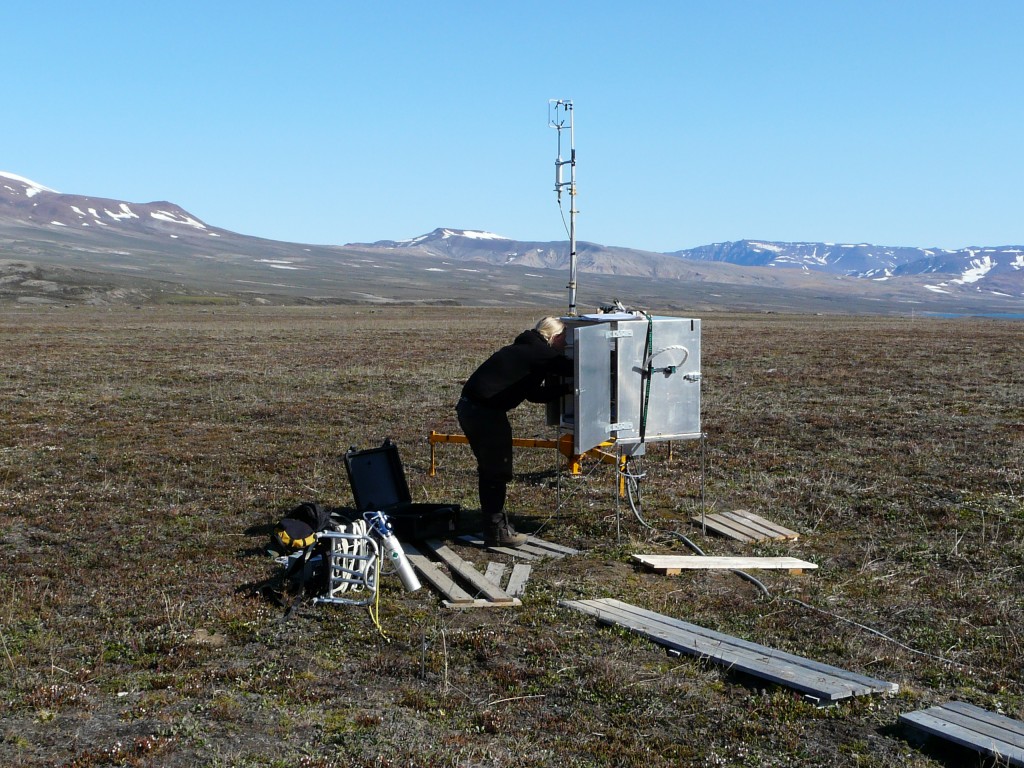
Measuring CO2 emissions from summer permafrost at Zackenberg, Greenland. GLobal emissions warm the Arctic, melting permafrost reinforces the global warming effect. (Pic: I.Quaile)
Not just about money
In an article for the MIT Technology Review, Debora MacKenzie says the EU budgeted 74.8 billion euros for research from 2014 to 2020. Brexiters, she writes, say British taxpayers should simply keep their contribution and spend it at home:
“They’d take a serious loss if they did. Britain punches above its weight in research, generating 16 percent of top-impact papers worldwide, so its grant applications are well received in Brussels. Between 2007 and 2013, it paid 5.4 billion euros into the EU research budget but got 8.8 billion euros back in grants. British labs depend on that for a quarter of public research funds, a share that has increased in recent years. A cut in that funding after Brexit could drag down every field in which British research is prominent—which is most of them.”
MacKenzie also quotes Mike Galsworthy, a health-care researcher at University College London who launched the social-media campaign Scientists for EU:
“It’s not just funding, EU support catalyzes international collaboration.” Galsworthy puts his finger on a key issue here:
“The EU funds research partly to boost European integration: for most programs you need collaborators in other EU countries to get a grant. This isn’t a bad thing, as collaborative work tends to mean more and higher-impact publications.”
Indeed.
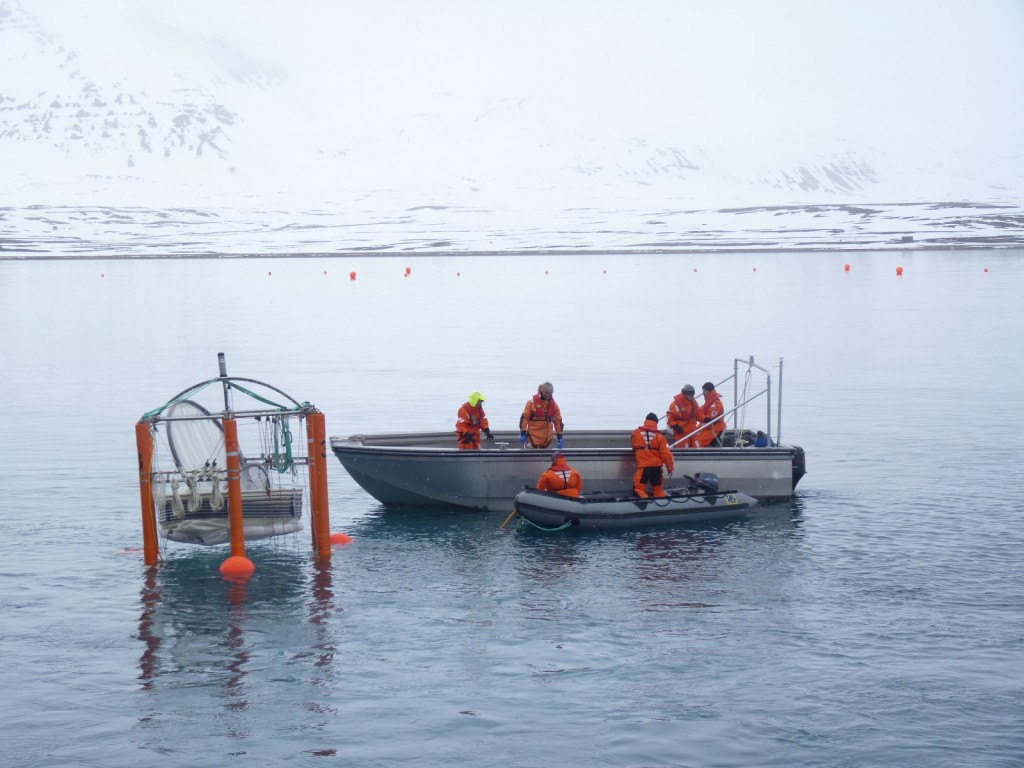
International team measure ocean acidification off Spitsbergen, as part of EU EPOCA programme. (Pic.: I.Quaile)
One shared world
The spirit behind the vote to leave the EU is to a large extent based on nationalism and xenophobia. If it were to prevail, it would lead us backwards and result in fragmentation. That has to be bad news for those of us who believe in working together across borders for the greater good of the planet as a whole. Climate warming is a global phenomenon. We need to work together to tackle it. The icy regions of the northern hemisphere may belong geographically to individual countries like the USA, Canada, Russia or Norway. But in today’s industrialized, globalised world, no single player alone can stop the ice from melting. Or regulate the increased fishing, shipping or exploitation of natural resources in once pristine areas now becoming rapidly accessible.
Hot, hot, hotter.. can UN talks in Bonn make a difference?
After all the hype surrounding the Paris Climate Agreement in December, there is a real danger of anti-climax, of feeling self-satisfied, of sitting back saying, “Yes, we did”, while the planet continues to break all temperature records and fossil fuel emissions continue to rise.
The first four months of this year were the hottest ever recorded. Even the “ice island” of Greenland has seen temperatures spiking in April, typically a cold month. NOAA says 2016 could be off to a similar start to 2012, when the surface of the ice sheet started melting early and then experienced the most extensive melting since the start of the satellite record in 1978. We have had several reports of islands being submerged by rising seas and devastating forest fires in Canada and now Russia, which experts say will be more common as the planet warms.
Close to my office here in Bonn, Germany’s UN city, the first official working meeting of all the parties to the Paris Agreement started on Monday, going on until next Friday. I have been there, on and off, talking to people, listening in, trying to get a sense of what is happening – or not, as the case may be.
But the atmosphere in Bonn’s new World Conference Centre is definitely low-key compared with the hype surrounding the Paris Climate Conference. Yet the world climate agreement will be worthless if the countries of the world do not succeed in transmitting it into actions in the very near future.
Time to deliver
The President of the Paris COP21, French Environmenent Minister Segolene Royal, and the incoming President of COP22, which will be held in Marrakech, Morocco’s Foreign Minister Salaheddine Mezouar, have made it clear that it is time to shift the focus from negotiation to implementation and rapid action.
The challenge ahead, they say, is to “operationalize the Paris Agreement: to turn intended nationally determined contributions into public policies and investment plans for mitigation and adaptation and to deliver on our promises.”
Indeed. There is no lack of evidence to support the urgent need for faster action on climate change. An increasing number of extreme weather events are being attributed to climate change. The CO2 concentration in the atmosphere is climbing steadily and is likely to cross the critical 400 ppm mark permanently in the not-too-distant future. The global temperature is already one degree Celsius higher than it was at the onset of industrialization. That means very rapid action is needed to keep it to the agreed target of limiting warming to two degrees and preferably keeping it below 1.5 degrees.
Three degrees and more?
The Paris Agreement was hailed widely as a breakthrough, with all parties finally accepting the need to combat climate change by reducing emissions of greenhouse gases. Countries have put pledges on the table, outlining their emissions reduction targets. But so far, the reductions pledged would still take the world closer to a three-degree rise in temperature.
At the Bonn meeting, the International Energy Agency (IEA), issued a warning that governments can only reach their climate goals if they drastically accelerate climate action and make full use of existing technologies and policies.
“The ambition to peak greenhouse gas emissions very soon is anchored in the Paris agreement, but we don’t see the actions right now to make this happen”, said Takashi Hattori, Head of the IEA’s Environment and Climate Change Unit. “At the same time, there are ‘GDP-neutral’ ways and means to get emissions to peak and then fall whilst maintaining economic growth, and that’s what we need to focus on.”
GDP-neutral means that a technology or policy does not negatively impact the economic growth of a country, and can actually contribute to the growth of that country.
In Bonn, Hattori presented what the IEA calls a “bridge scenario” involving the use of five technologies and policies which it says can bridge the gap between what has been pledged by governments so far and what is required to keep the global average temperature to as low as 1.5 degrees Celsius as part of what the agency terms a “well below 2 degrees world”
The five key measures which the IEA say could achieve a peak in emissions around 2020 are energy efficiency, reducing inefficient coal, renewables investment, methane reductions and fossil-fuel subsidy reform. That sounds to me like a very sensible – and practicable set of measures. But that doesn’t mean it will be easy.
Takashi Hattori stressed that “one size does not fit all” when it comes to climate and energy policies. Different measures will be required in different parts of the world. In the Middle East, for example, the greatest potential to reduce emissions is through reducing fossil fuel subsidies, he argued, while energy efficiency would have the greatest potential in Europe and China. He recommended the “massive deployment of renewables” in India and Latin America.
Other solutions outlined include smart grids, hydrogen as fuel that can be generated with renewable sources of energy, and “smart” agriculture.
The IEA says governments should make the energy transition not only because of rising temperatures, but because of other benefits, such as a reduction of air pollution. That makes sense. People in congested cities are more worried about pollution damaging their health than about climate change, the experts say.
I am reminded of an interview I conducted recently with Chinese expert Lina Li, when she told me she thought China’s air pollution problem would speed up the country’s ratification and implementation of the Paris Agreement.
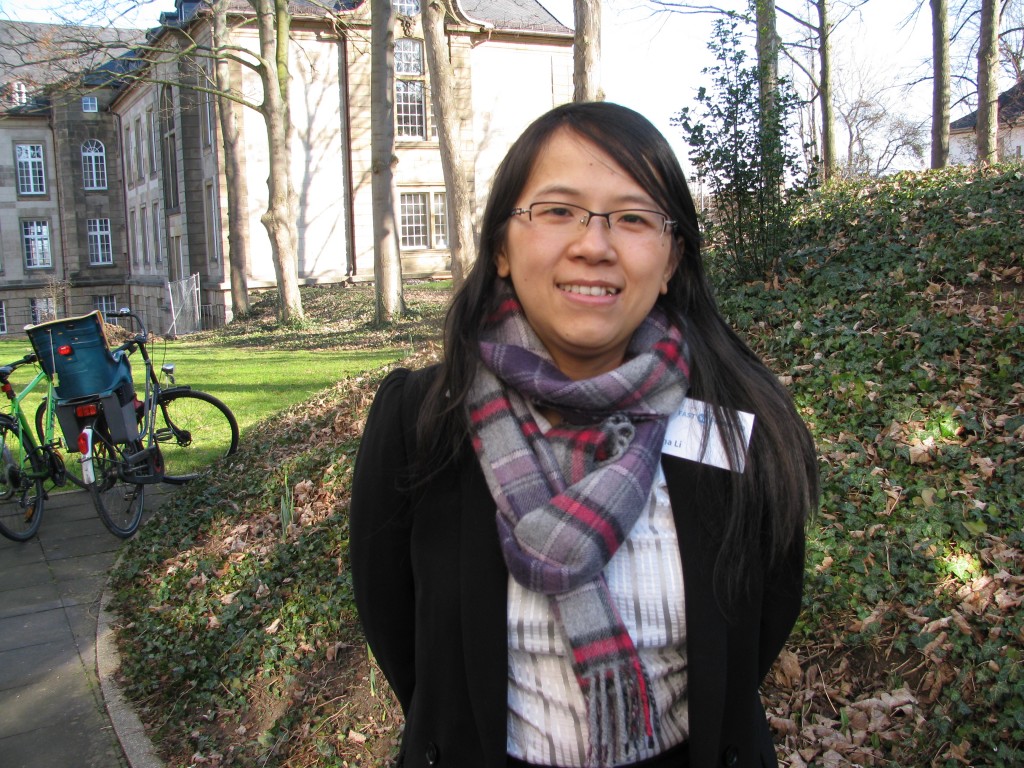
Lina Li from the Adelphi think-tank told me pollution concerns could speed up China’s climate action (Pic. I.Quaile)
The cost argument
Although many scientists are alarmed at the slow pace of emissions reductions, IPCC chief scientist Hoesung Lee told the Guardian in an interview it was still possible to keep to the two-degree target. The current UN climate chief Christina Figueres, who will hand over to Mexican Patricia Espinosa later this year, has said emissions would have to peak by 2020 if that limit is to be kept to. But Lee is keen to keep the options open, saying it would still be possible to keep to the limits if emissions peaked later. But he warned the costs could be “phenomenal”. He believes expensive and controversial geoengineering methods may be necessary to withdraw CO2 from the atmosphere and store it.
A report published this week by UNEP says the cost for assisting developing countries to adapt to climate change could reach up to 500 billion dollars annually by 2050. This is five times higher than previous estimates, the report says.
UNEP urged countries to channel more funds towards adaptation, saying the costs would rise “sharply”, even if countries succeed in limiting global temperature increase to two degrees Celsius.
I asked Mattias Söderberg, Co-Chair of the Climate change advisory group with the climate justice ACT alliance, how he felt about the progress of climate action and the role of the current Bonn meeting. He said the UNEP report, along with the alarming news about islands disappearing under rising seas in the Pacific, highlighted the urgent need for action. “Climate change is not a matter of tomorrow, but a crisis we need to deal with today.”
Time to ratify!
So far, 177 parties have signed the Agreement. But only 16 parties have ratified the treaty. It must be ratified by 55 parties representing 55 percent of total global emissions to enter into force. Söderberg called on wealthy, industrialized countries to move ahead with ratification:
“I am happy to see many of the poor and vulnerable countries moving fast with their ratification, and I hope other countries will follow soon. I am worried about the EU, which seems to be delayed”. Söderberg says the EU, could find itself on the sidelines, overtaken by others.
But the increasing concern over refugees and migration here in Europe could make a lot of countries look more closely at climate change, which is likely to increase the number of people having to leave their homes and look for a better life elsewhere.
“Go, world, go!”
NGO representatives stress that the Bonn talks can only help kick off the series of measures necessary to halt global climate change. Greenpeace climate policy chief Martin Kaiser told me the main work had to be done in the countries themselves, which have to work out their timetables to reach the goals agreed in Paris. That means an early transition to a fossil-free future. Kaiser called on host country Germany in particular, often cited as a model for its shift to renewable energy, to come up with a binding exit strategy for coal by 2030.
“Without an exit from coal, Germany’s signature under the Paris Agreement is worthless”, he told me.
The world’s top emitters, the USA and China, will also have to take major steps to halt climate warming. The delegates meeting in Bonn until May 26 have their work cut out for them. I have always been skeptical about the mass jubilation over the Paris Agreement. Yes, we needed it. But the proof of every pudding is in the eating. All the indications are that 2016 will be the hottest year on record, and probably by the largest margin ever. If the Paris document is to be more than a lot of pieces of paper, we will have to see things happening very soon – and definitely not just in the conference rooms of Bonn and elsewhere.



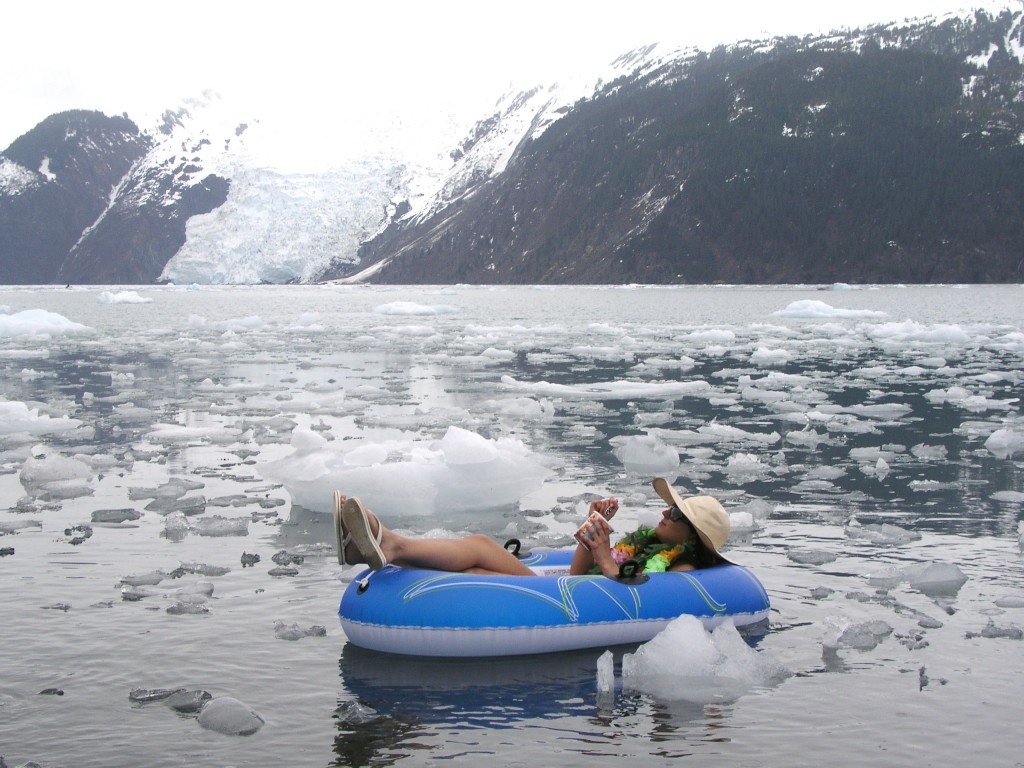
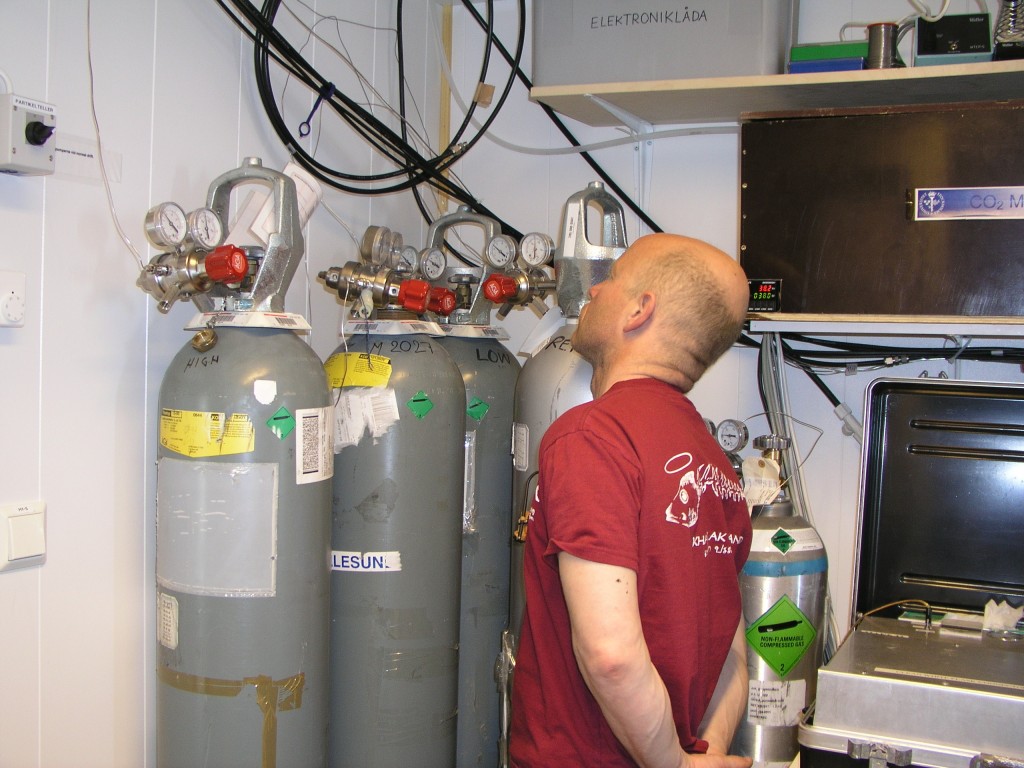
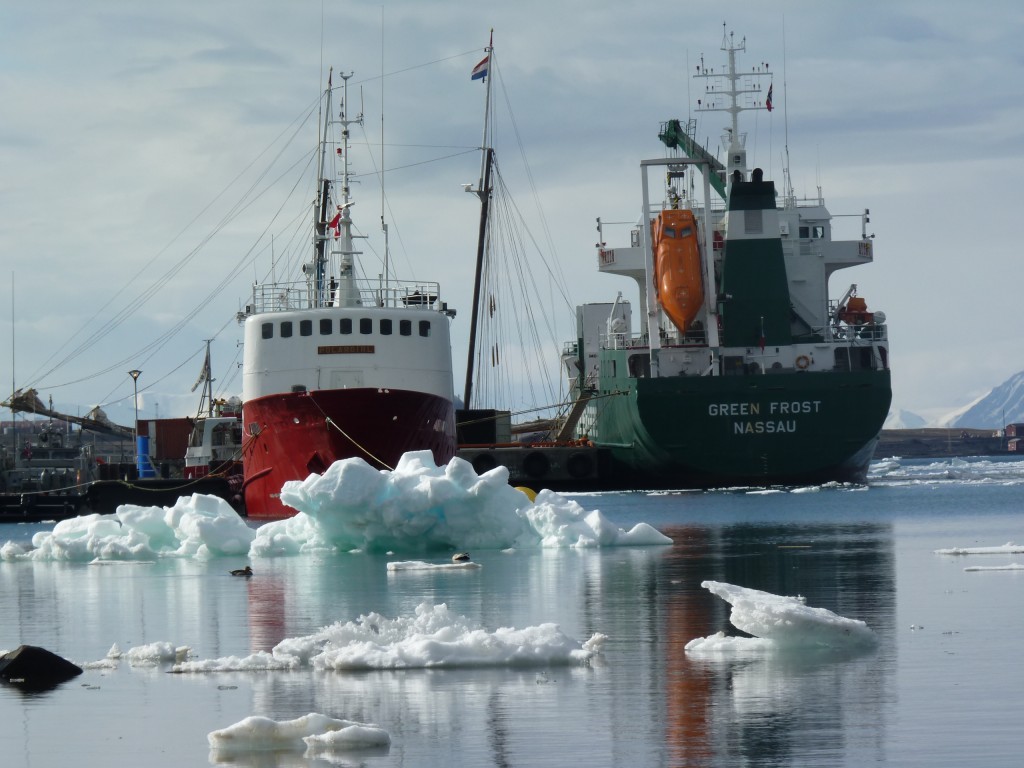
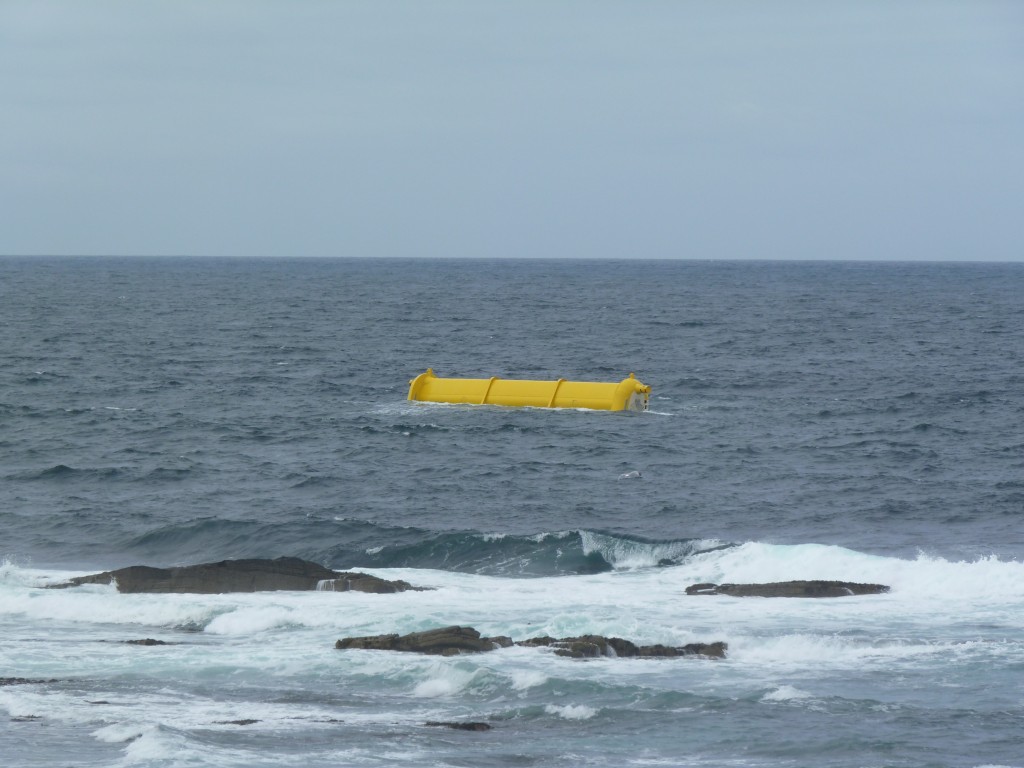

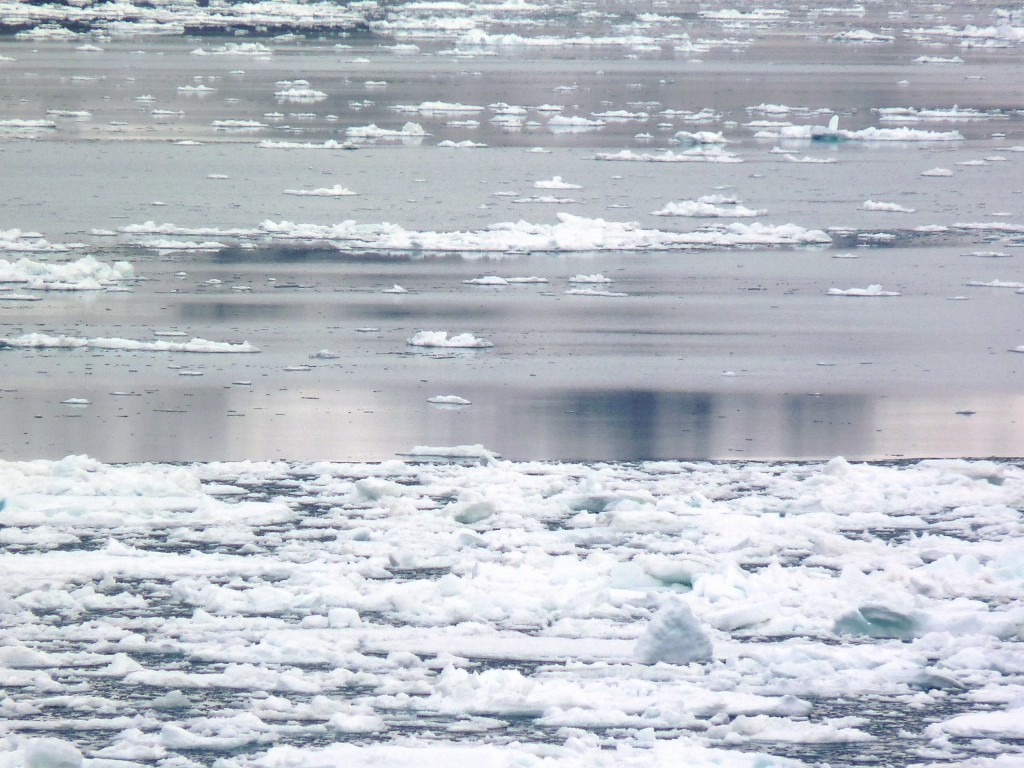
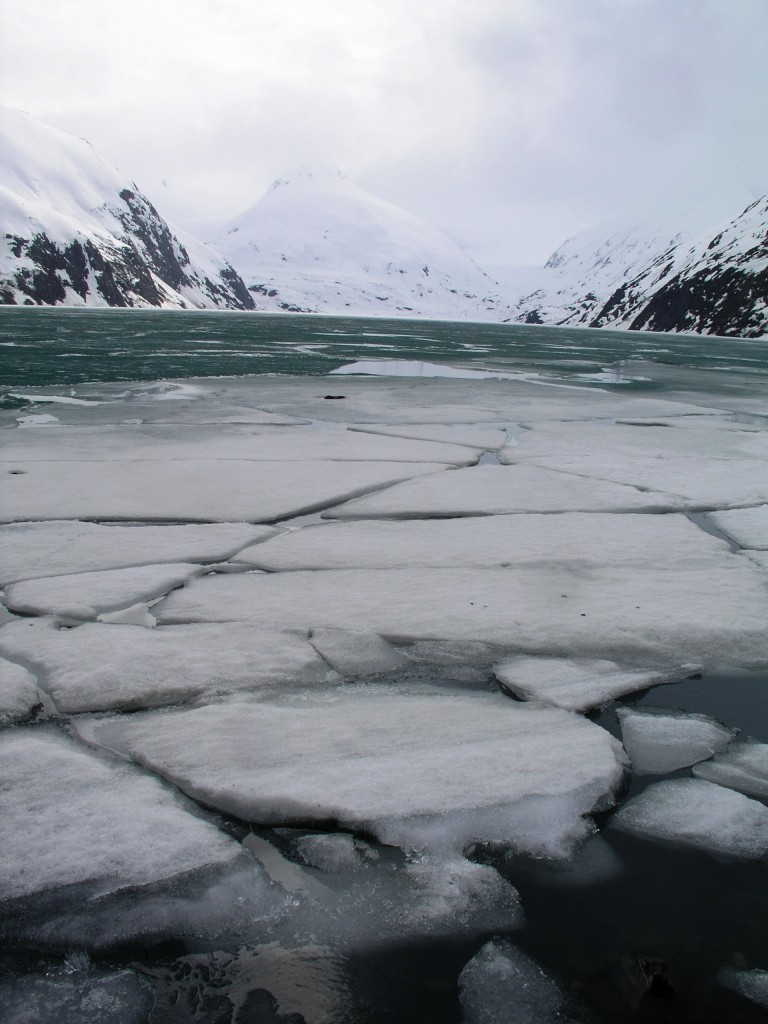
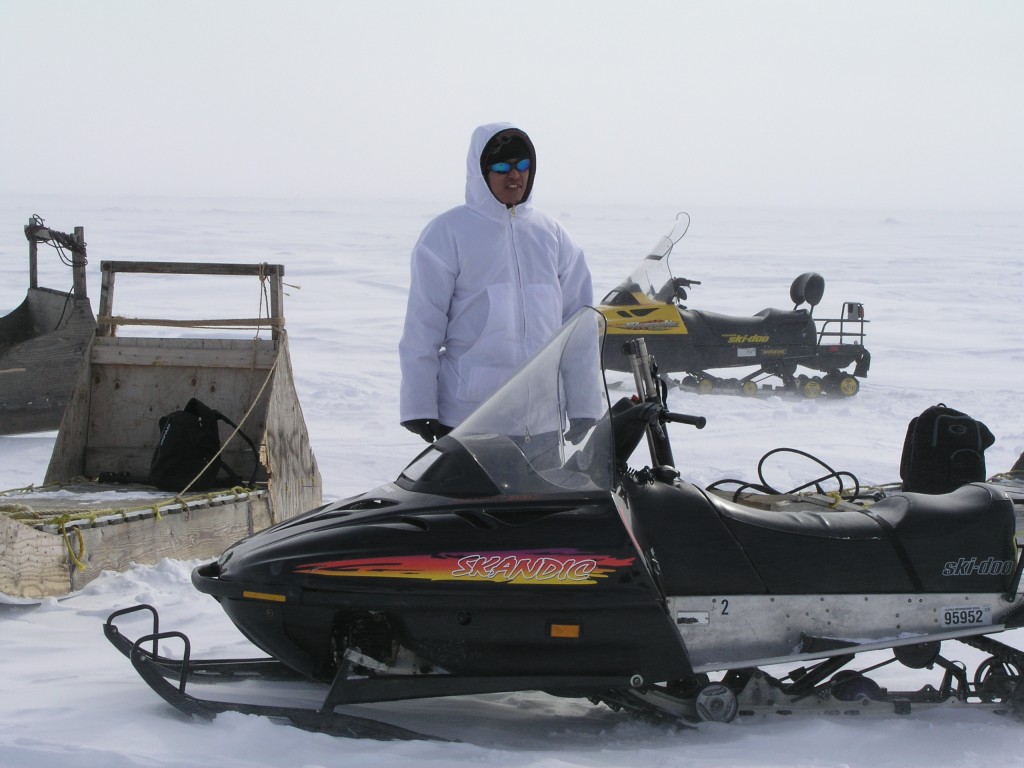
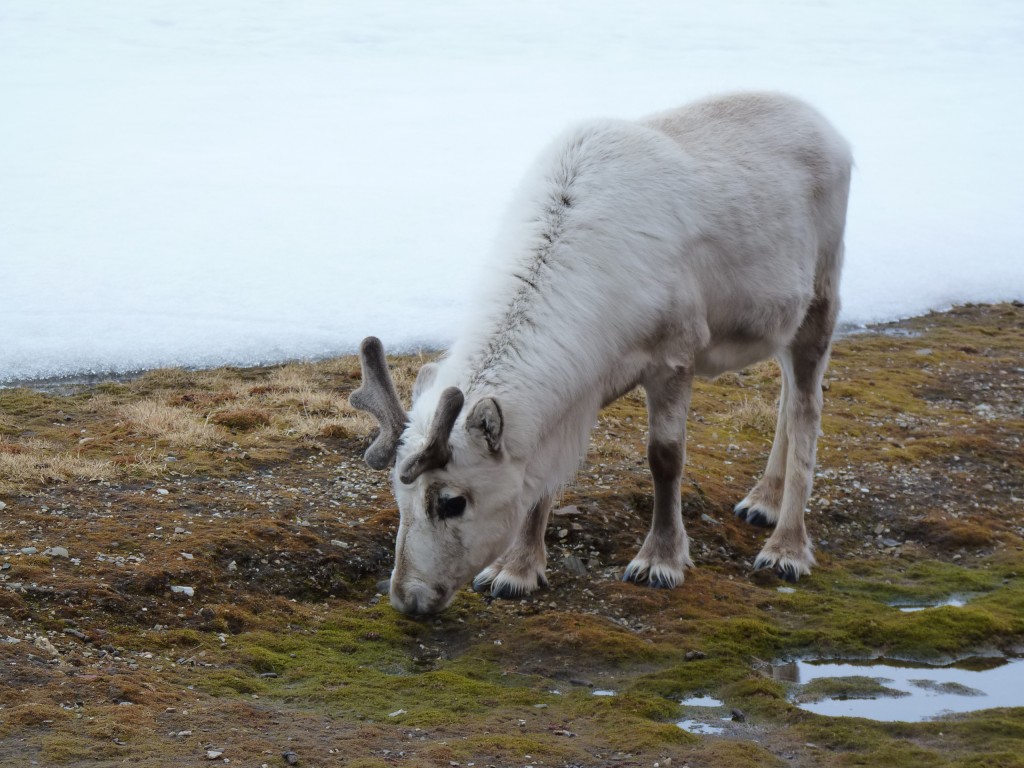
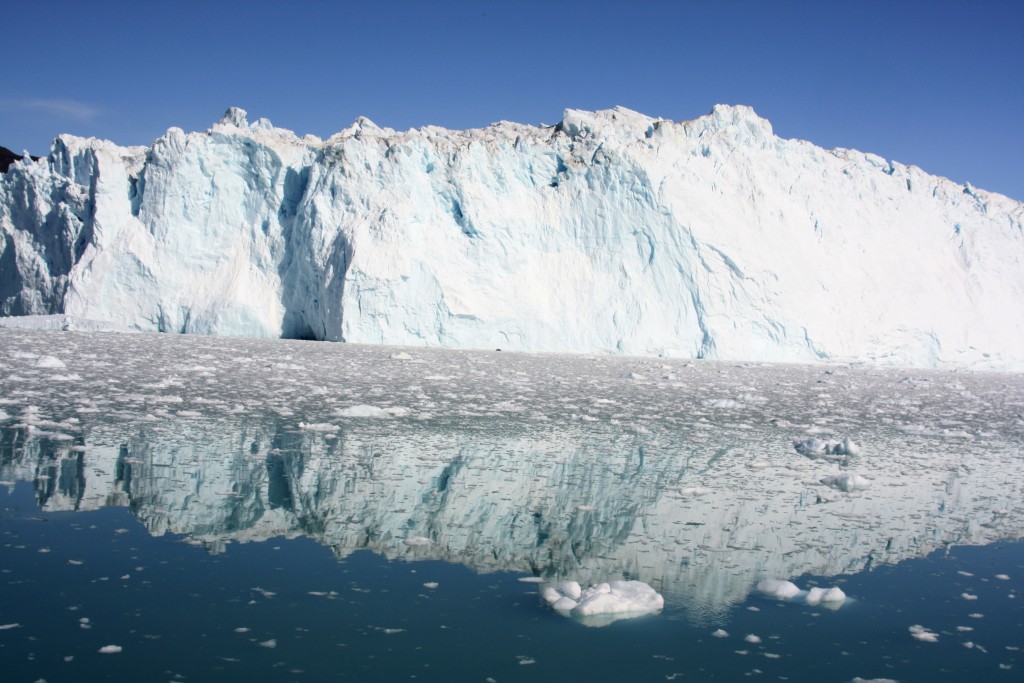
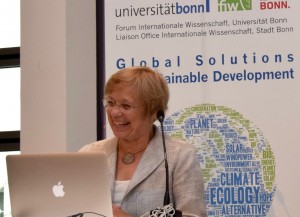
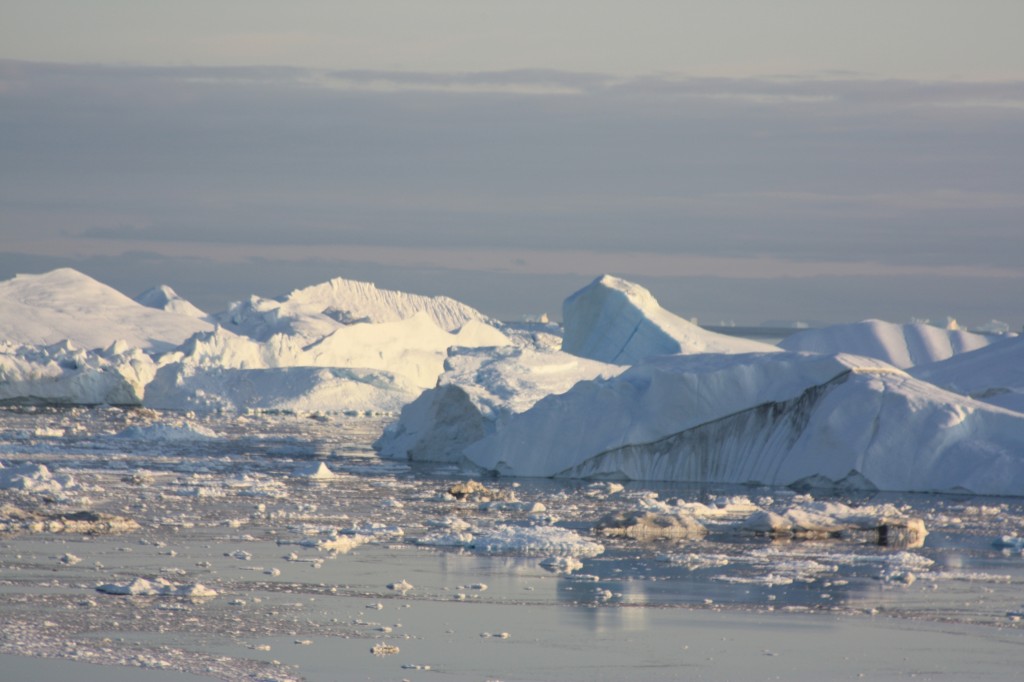
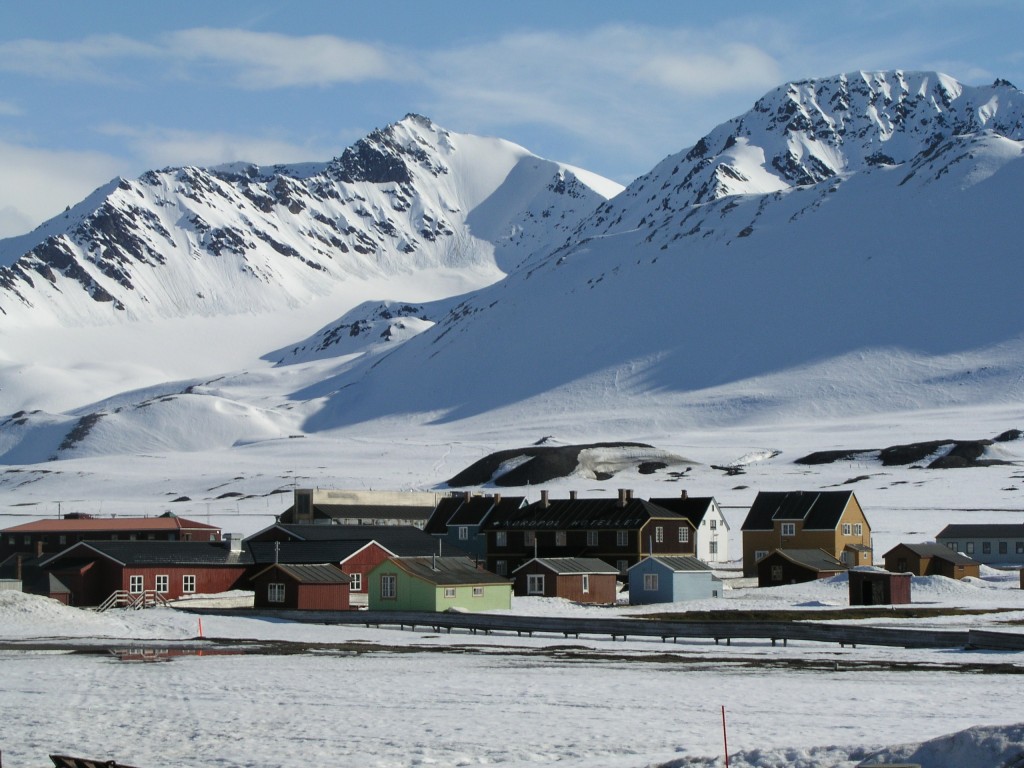
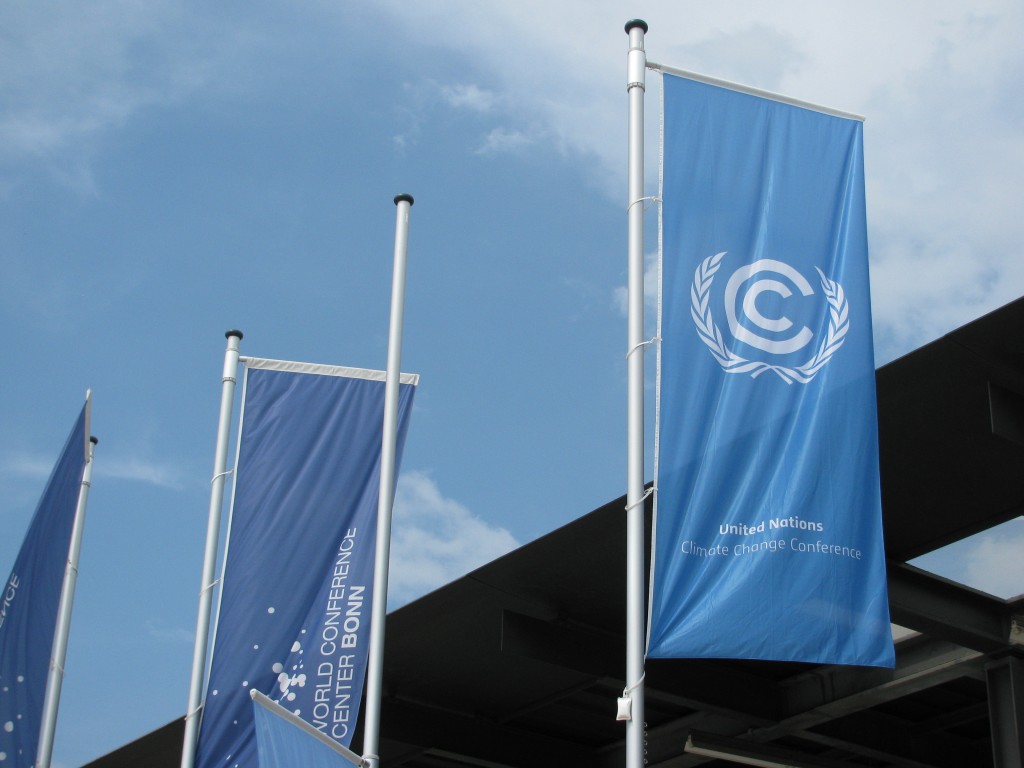
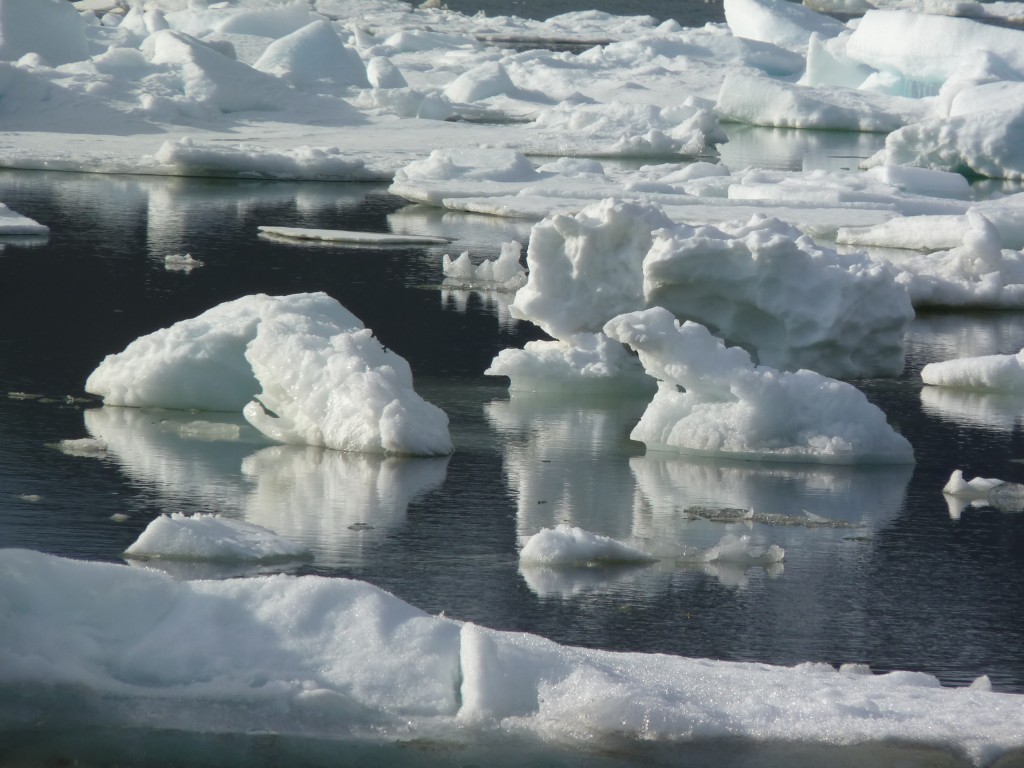

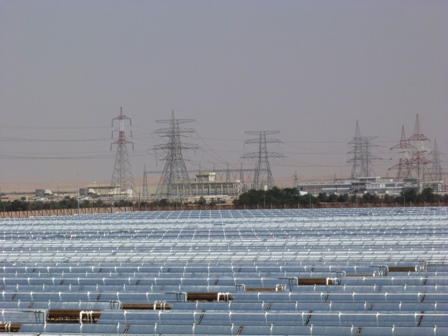
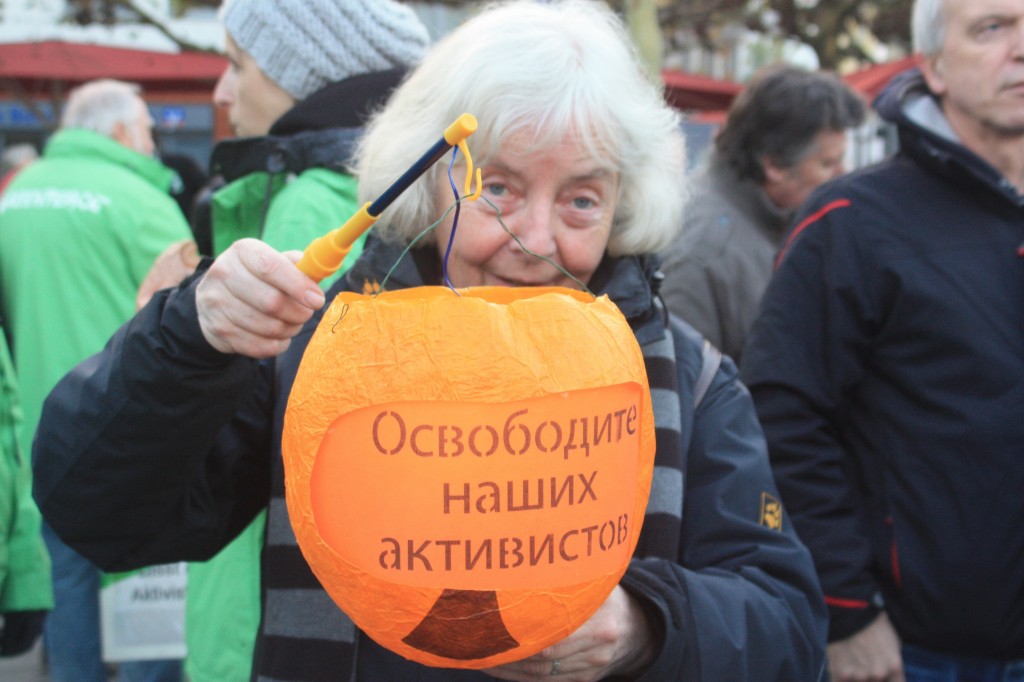
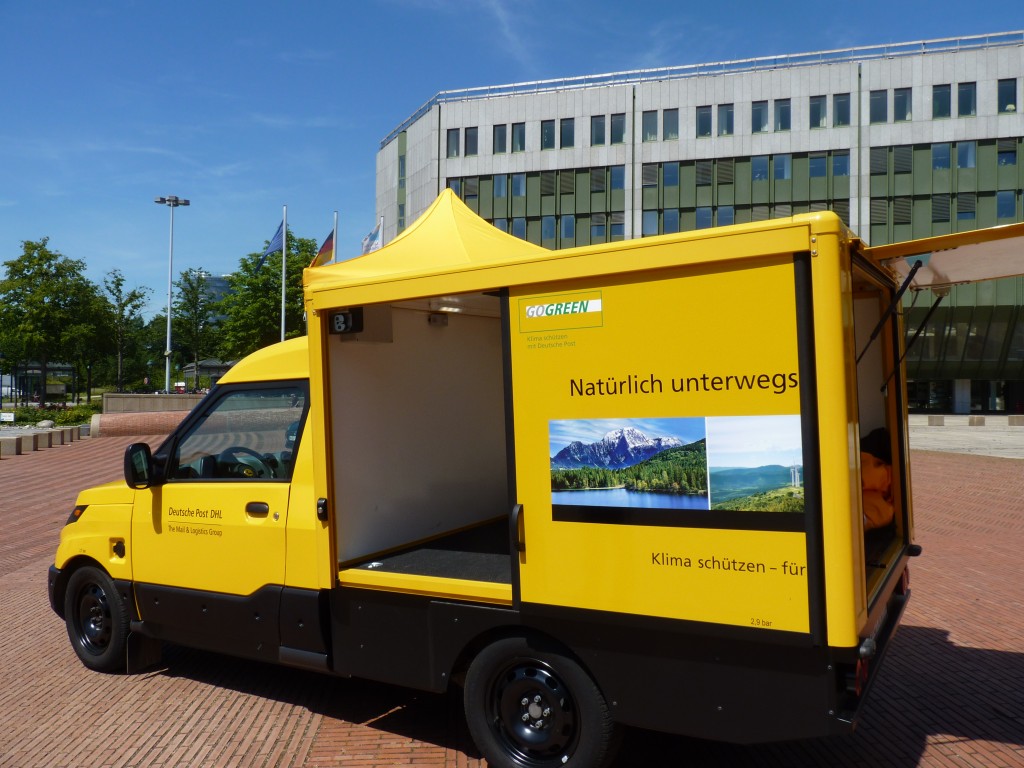
















Feedback